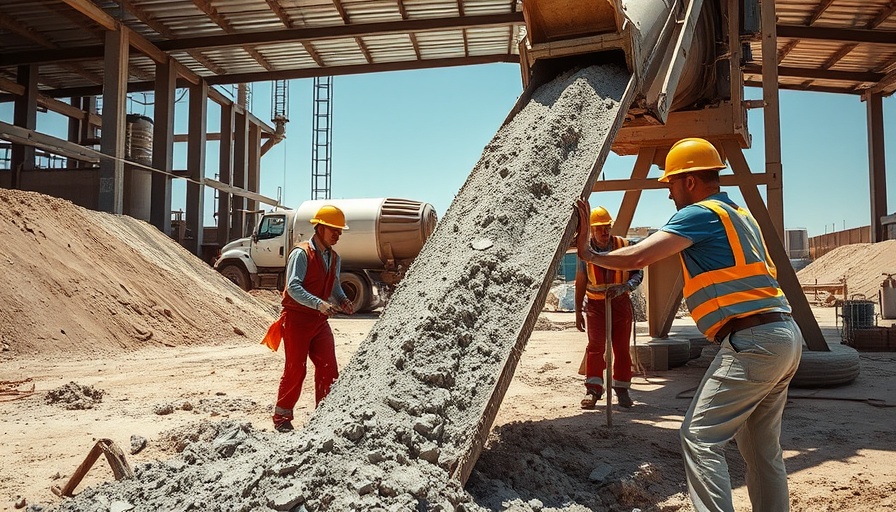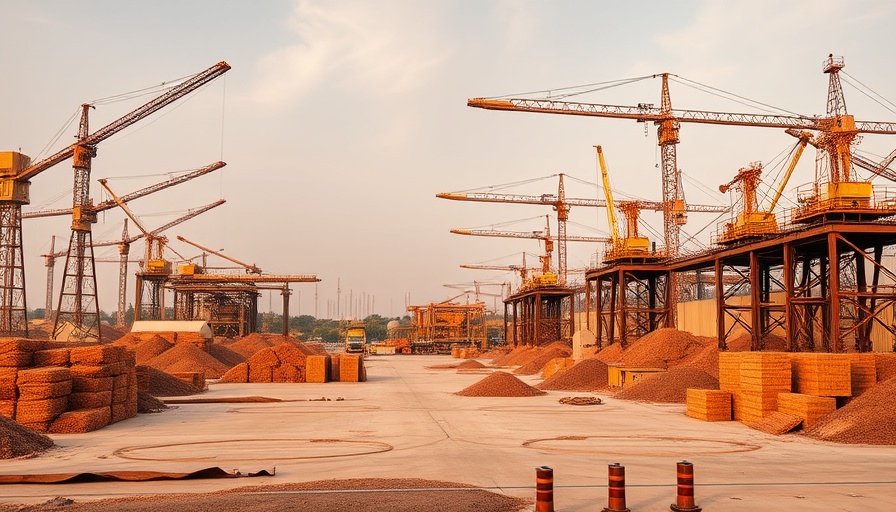Resources
How Retarding Admixtures Enhance Concrete Workability and Sustainability
2
Understanding Concrete Setting Rates
Concrete is a versatile building material, fundamentally shaped by the hydration process of cement. During this process, a series of complex chemical reactions occur between cement and water, transforming a manageable, plastic substance into a robust, stone-like material. However, one critical aspect of this transformation is the setting rate, influenced by various factors such as temperature, humidity, water content, and importantly, admixtures.
The Impact of Temperature on Setting Time
Temperature plays a pivotal role in determining how quickly concrete sets. Generally, higher temperatures can hasten the setting process due to the accelerated kinetics of hydration, leading to quicker hardening. But this rapid setting can also result in cracks or reduced strength in the concrete over time. Therefore, understanding how to manage the setting rate becomes essential for preserving the integrity of concrete structures.
The Role of Retarding Admixtures
One of the most effective tools for managing setting time is the use of retarding admixtures. These additives slow down the degree of hydration within the initial hours after mixing, especially useful in hot environments that naturally accelerate the process. By incorporating these admixtures, builders can enhance the workability of concrete for extended periods, allowing for smoother placement and finishing operations.
Benefits of Using Retarding Admixtures
Retarding admixtures introduce multiple benefits to the concrete mixing process:
Increased Workability: The extended setting time allows for better manipulation and finishing of the concrete, which is particularly advantageous in complex placements.
Improved Pumpability: These admixtures assist in maintaining the pumpability of the concrete mix, essential for moving concrete to its intended location without risk of clogging.
Reduced Slump Loss: With a slower setting rate, the loss of slump—an indication of concrete’s consistency—can be minimized, contributing to a finished project that is both durable and visually appealing.
Prevention of Bleeding: The risk of bleeding, where water rises to the surface of freshly laid concrete, is also lowered, enhancing the overall quality of the material.
Supporting Sustainable Construction Practices
In a world increasingly focused on sustainability, utilizing retarding admixtures aligns with eco-friendly construction practices. These substances can lead not only to fewer defects in concrete but also to a reduction in material waste, supporting both environmental and economic goals for developers and contractors.
Making Informed Decisions for Better Outcomes
For business owners and developers, understanding the roles of various admixtures in concrete can lead to informed decisions that vastly improve construction quality, reduce costs, and enhance sustainability. Whether you are managing a large construction project or developing a small community space, the right admixtures can make a significant difference.
As we move further into a century focused on sustainable construction practices, awareness of such innovations will continue to be crucial for success in the industry. Embracing these practices not only benefits individual projects but contributes positively to the environment and community at large.

 Add Row
Add Row
 Add
Add

 Add Row
Add Row
 Add Element
Add Element










 Add Row
Add Row
 Add
Add

